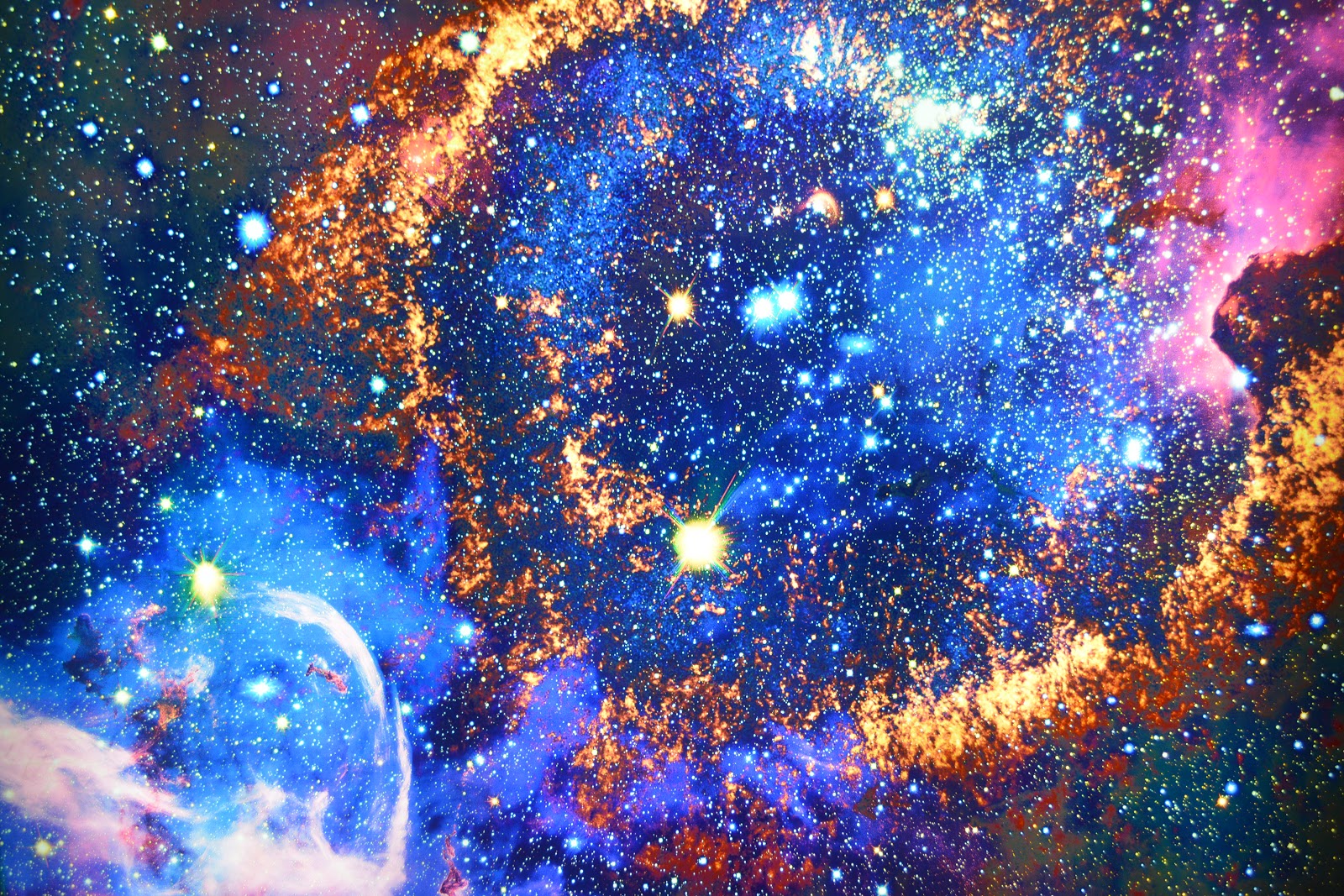 |
| The Gaia is a wondrous reality. |
Gaia, as beautiful as it is vast, hosts a plethora of heavenly bodies and cosmic phenomena. Ranging from the serene pale moon that watches over us during the night to the distant cataclysmic last breath of a dying star, Gaia, we can certainly say, holds an aesthetic that begs for appreciation. That's why back in the blistering heat of summer, I convinced myself to visit the National Planetarium in Manila.
I went there on a Wednesday. Being a freelancer who holds my own time, I don't consider summer to really be such a busy season for me. But I couldn't say the same for the working class. As I waited for the traffic lights to signal that it was safe to cross Taft Avenue towards Rizal Park at 7:30 in the morning, I was met with the wave of rushing bodies, heading steadfast for work.
 |
| The National Planetarium in Manila. |
It wasn't much of a long walk, but the searing heat of the morning sun was making me sweat--either that, or the fact that I have hyperhidrosis, a condition in which my body sweats three times more than a normal body.
When I got to the museum, there was already a queue. What was so nice to observe was the people were composed mostly of young minds ready to pick up information extracted from the objects farther than our world. I looked around and realized that I, too, had a curious mind seeking knowledge about the mysterious, big complex world and looking beyond its magnificence.
 |
| Inside the National Planetarium. |
After I dropped my bag at the counter and went inside, I joined a short queue that went inside a small theatre. The chairs formed a circle, and the dome roof was painted white. The seats were designed to allow people to lean back and to comfortably watch the films that were being projected onto the dome. Yes, you got that right--you were going to watch a film while leaning back, as if gazing at the stars.
The title of the film was "A Planet for Goldilocks." In order not to spoil the film for people, let me just say that Earth isn't the only habitable planet in Gaia. The film was beautifully told and projected, bringing about a 3D experience without the glasses. It incorporated an old children's story with a scientific concept. I saw amused eyes, shining like stars in the dark night sky, of the kids around me. Their smiles were also a sight, which made me ponder that whatever things I had ever known, there was always a reason to be happy to learn from anyone, at any time, and at anywhere.
 |
| Sun, the center of the solar system. |
The film ended with a peaceful dawn that slowly unraveled itself onto Manila, which was a little hard to believe, considering that the city has always been so busy even at its darkest. People with their tight schedules buzzing around so quickly such that many of them hardly had any time to notice how beautiful things can be.
When my mind goes back to that moment of waiting in line, I was hoping that those kids would be a generation eager to move forward, but, at the same time, they would not be so much in hurry that they would forget to sit down and appreciate the current time.
 |
| The Big Bang Theory. |
Manila is a big city, and Earth itself is even bigger. But relatively speaking, we are all so microscopic that whatever happens on Earth pales in comparison to the cosmic events that have happened light-years away. So, why the rush? Life isn't a race. According to modern Physics, time is relative, so it's safe to say that each and every one of us can take a few minutes or even seconds in our day to actually breathe and take in the beauty of this Gaia--like how I took a moment to admire the melancholic beauty of the world on that hot summer day.












No comments:
Post a Comment